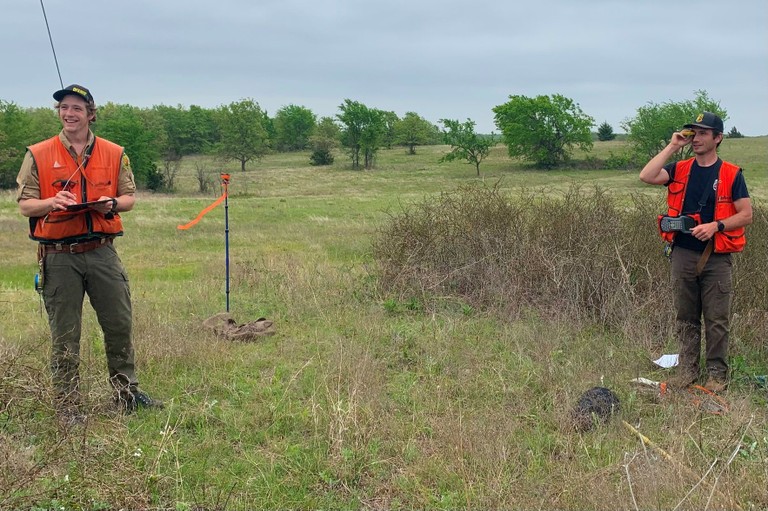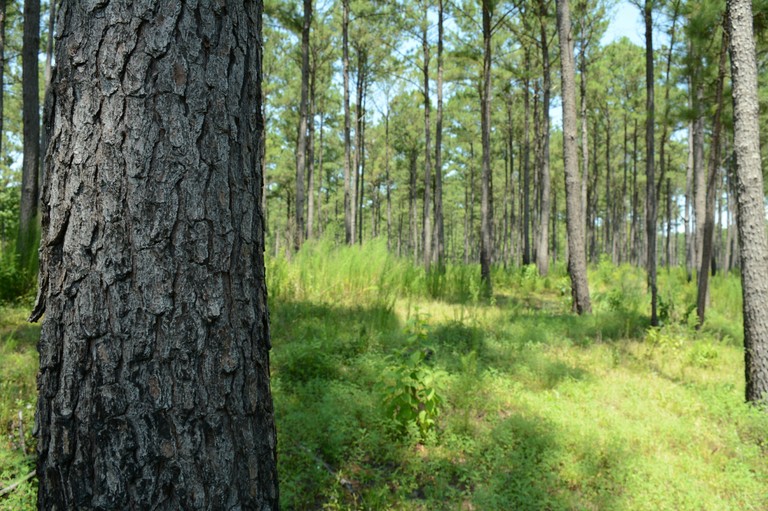Updates & Blog
SGSF and USDA Forest Service Celebrate 25 Years of FIA Partnerships

This past year marked the 25th anniversary of a cooperative partnership between Southern Group of State Foresters’ (SGSF) member agencies and the USDA Forest Service Southern Research Station (SRS) to accomplish the goals of the Forest Inventory and Analysis (FIA) program. The program, often referred to as the nation’s “tree census,” provides long-term, detailed forest information. FIA foresters began providing periodic forest information on forests across the South, and the nation, in the 1930s.
In 1997, four SGSF member agencies – the Alabama Forestry Commission, Georgia Forestry Commission, Tennessee Department of Agriculture – Division of Forestry and Virginia Department of Forestry – created forest inventory field teams to collaborate with the SRS to provide detailed, annually-updatedforest inventories for their respective states. By the early 2000s, all 13 SGSF member agencies within the continental United States had established forest inventory crews to support the FIA program.

“We are incredibly proud of the ‘all hands on deck’ approach the Southern Region has taken to ensure our forest data remains accurate and up-to-date,” said Mark Goeller, SGSF Chair and Oklahoma State Forester. “As the spotlight continues to focus on longstanding issues like the facilitation of strong forest products markets in our region, as well as new issues like climate science and carbon sequestration, good data will be more important than ever.”
Today, the FIA program provides up-to-date status information on our forest resources and trends. It is used continuously for scientific research by partners and stakeholders, such as forestry agency managers, non-governmental organizations, private companies, lawmakers, and state and local governments to provide policy guidance and aid in decision-making.

“The strength of FIA in the South is in its incredibly strong partnerships with state forestry agencies. SGSF and SRS-FIA work collectively to deliver this incredibly important program which is the gold standard for forest information,” said Burl Carraway, SRS FIA program manager.
This partnership is vital to keeping a pulse on the status of the more than 245 million acres of forestland in the South, 86% of which are privately owned and contain some of the most diverse and productive ecosystems in the world. Some examples of how the partnership has benefitted the region include:
- Economic Development: The North Carolina Forest Service used FIA data to demonstrate the extent of available forest resources within the state to recruit several forest industry corporations to build facilities in their states, providing jobs and economic growth while contributing to forest sustainability.
- Disaster Recovery: The Alabama Forestry Commission, Florida Forest Service and Georgia Forestry Commission completed a special survey of FIA plots impacted by Hurricane Michael. This assessment assisted efforts to aid affected private landowners with programs to manage their damaged timberlands and help with their recovery.
- Community Engagement: Texas A&M Forest Service expanded the Urban FIA plot protocols to the Austin, Houston, San Antonio metropolitan areas, as well as several major U.S. cities beyond the Southern Region. The agency also developed the “My City’s Trees” application to allow for evaluation of the urban tree canopy in these areas and its influence on carbon uptake, energy usage, water filtration and more. The success of the application led the Forest Service to continue to expand its use to other areas of the country.
Strong forest markets serve as a foundation for maintaining healthy and plentiful forests, which in turn contribute to a healthy environment, climate and communities. The nation will rely on partnerships like the one in the South to effectively and efficiently keep an eye on the strength and abundance of forests, while ensuring sustainability of the resource.